The Relationship between Soy and Breast Cancer Risk
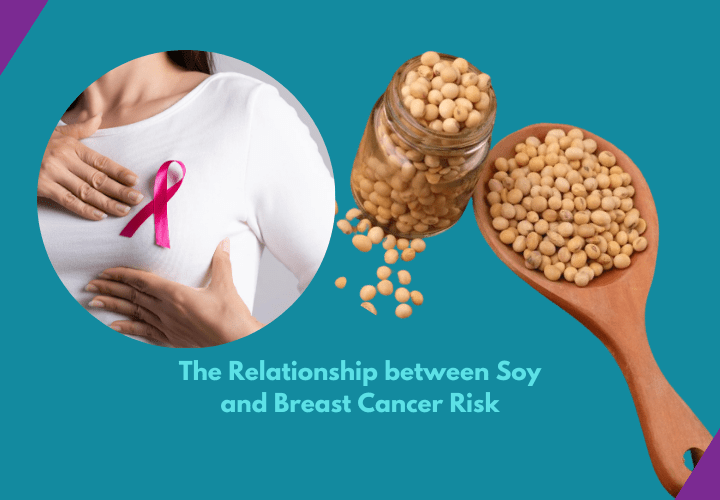
The Relationship between Soy and Breast Cancer Risk
- onco
- May 29, 2024
Have you ever wondered if there is any connection between soy and breast cancer? Well! The relationship between soy consumption and breast cancer risk has become a focal point of both scientific research and public debate. Breast cancer in Delhi has seen a sharp increase in cases, which has led to more awareness and screening initiatives. Improved treatment facilities and advances in medical technology are part of Delhi’s efforts to combat breast cancer.
Before we delve into the discussion of the connection between them first, we will understand what soy is. Soy, a staple in many diets worldwide, particularly in Asian countries, is rich in nutrients and contains compounds called phytoestrogens. These compounds have been the subject of extensive research due to their potential impact on hormone-related cancers, such as breast cancer. So, let’s delve into the complexities of the soy-breast cancer connection, analyzing the scientific evidence, possible mechanisms, and practical dietary considerations.
Understanding Soy and Its Components:
Soybeans are versatile, nutrient-dense foods that provide protein, fibre, vitamins, and minerals. They contain isoflavones, a type of phytoestrogen that mimics the structure and function of estrogen in the body. Soy has three main isoflavones, i.e. glycitein, daidzein, and genistein. These compounds have estrogenic and anti-estrogenic effects, which can promote or inhibit estrogen activity depending on various factors.
Mechanisms of Action:
The protective effects of soy against breast cancer are thought to arise from several biological mechanisms. Firstly, isoflavones can bind to estrogen receptors but bind more weakly than natural estrogen. This competitive binding can block the more potent natural estrogen from binding to the receptors, potentially reducing the risk of estrogen-driven cancer cell growth.
Secondly, soy isoflavones may exert anti-estrogenic effects in tissues with high estrogen levels. In such environments, isoflavones can act as estrogen antagonists, inhibiting estrogen-induced cell proliferation. Conversely, isoflavones may exhibit weak estrogenic effects in tissues with low estrogen levels, which could be beneficial post-menopause when estrogen levels drop significantly.
Soy Intake during Different Life Stages:
The timing of soy consumption also appears crucial in its impact on breast cancer risk. Research indicates that soy intake during childhood and youth, periods of rapid breast tissue development, may have the most significant protective effect. Studies have shown that girls who consume soy regularly during these formative years have a markedly lower risk of developing breast cancer later in life.
One notable study found that immature girls who consumed higher amounts of soy had a 50% reduced risk of breast cancer compared to those with lower soy intake. This early exposure is assumed to lead to lasting changes in breast tissue, making it less susceptible to cancerous changes in adulthood.
The Role of Genetics and Individual Differences:
Genetics also play a significant role in determining how soy consumption affects breast cancer risk. Estrogen metabolism and receptor function gene variations can influence an individual’s response to soy isoflavones. For example, some people have genetic polymorphisms that affect the efficiency of converting daidzein, an isoflavone, into equol, a metabolite with potent estrogenic activity.
Studies have found that individuals who are equal producers may experience more pronounced protective effects from soy consumption compared to non-producers. This variability underscores the importance of personalized nutrition and the need to consider genetic differences when making dietary recommendations. This emphasis on individualized dietary choices aims to make you feel understood and catered to in your unique health needs.
Soy and Breast Cancer Survivors:
For breast cancer survivors, the question of whether to include soy in their diet is particularly pertinent. Concerns arise from the possibility that soy isoflavones might stimulate the growth of any remaining cancer cells or interfere with hormonal therapies like tamoxifen. However, recent research has primarily allayed these fears.
A large-scale study involving breast cancer survivors found that higher soy intake was associated with a lower risk of recurrence and mortality. These reassuring findings were consistent across different ethnic groups and types of breast cancer. The study concluded that moderate soy consumption is safe and potentially beneficial for breast cancer survivors, providing a sense of security to those seeking to include soy in their diets post-diagnosis.
Practical Dietary Concerns:
Given the potential benefits and complexities surrounding soy and breast cancer, practical dietary guidelines are essential. For individuals looking to incorporate soy into their diets, here are some recommendations:
- Moderation is Key: While soy can be part of a healthy diet, moderation is essential. Aim for 1-2 servings of whole soy foods per day.
- Choose Whole Soy Foods: Whole soy foods, such as tofu (half a cup), tempeh (quarter cup), miso (1 tablespoon), and edamame (handful), provide more nutritional benefits compared to processed soy products. These foods are minimally processed and retain more of their natural isoflavones and nutrients.
- Avoid Excessive Supplements: Soy supplements and isoflavone extracts can contain high concentrations of isoflavones, which may not provide the same benefits as whole foods and could potentially pose risks. It is generally better to obtain isoflavones from natural food sources.
- Consider Timing and Life Stage: For maximum benefit, consider introducing soy early in life, particularly during childhood and adolescence. However, there is always time to enjoy the potential health benefits of soy.
- Be Mindful of Overall Diet: Soy is just one component of a balanced diet. Emphasize various fruits, vegetables, whole grains, and lean proteins to support overall health and potentially reduce cancer risk.
- Consult Healthcare Providers: Individuals with a history of breast cancer or those at high risk should discuss their diet with healthcare providers. Personalized advice can help address specific health concerns and dietary needs.
In summary, the relationship between soy and breast cancer risk is a subtle and evolving area of research. While the evidence suggests that moderate soy consumption may offer protective benefits against breast cancer, mainly when introduced early in life, individual responses can vary based on genetic factors and overall dietary patterns.
For most people, including breast cancer survivors, moderate intake of whole soy foods can be a safe and nutritious addition to their diet. As research continues to unfold, it will provide further clarity on how best to harness the potential health benefits of soy while minimizing any risks. Until then, embracing a balanced and varied diet remains a cornerstone of cancer prevention and overall well-being. You can consult Oncoplus, the best oncology hospital in Delhi, for more information on detecting the disease early. As the prognosis and treatment options for breast cancer improve with early diagnosis.
Recent Posts
-
Can Testicular Cancer affect fertility?
April 23, 2025
-
Why are Breast Cancer Cases Increasing Around the World?
April 17, 2025
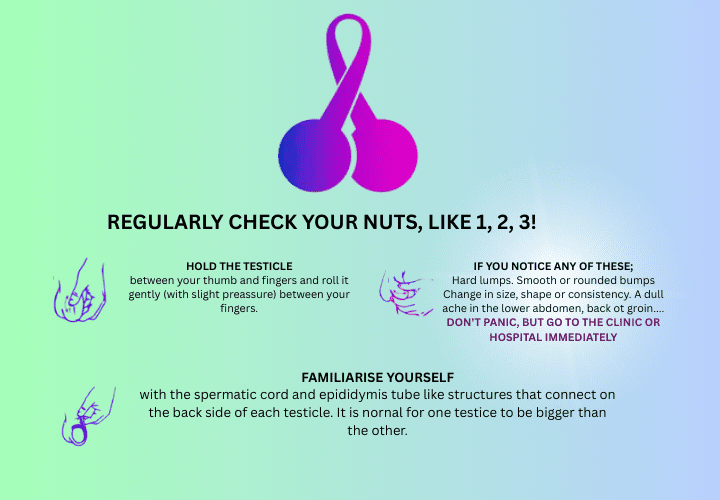
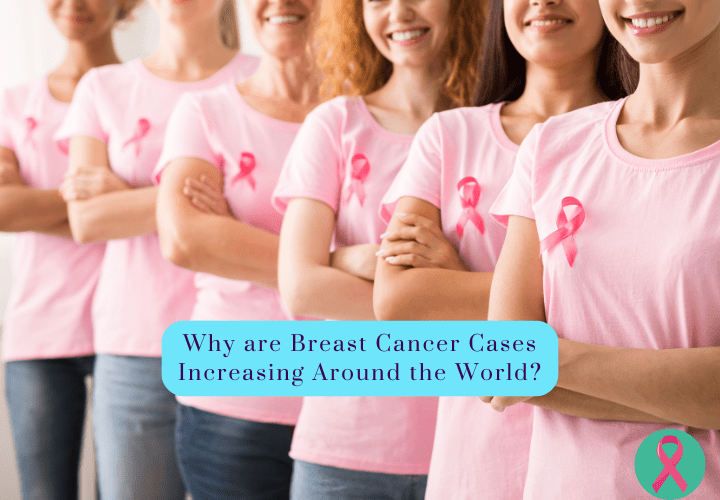
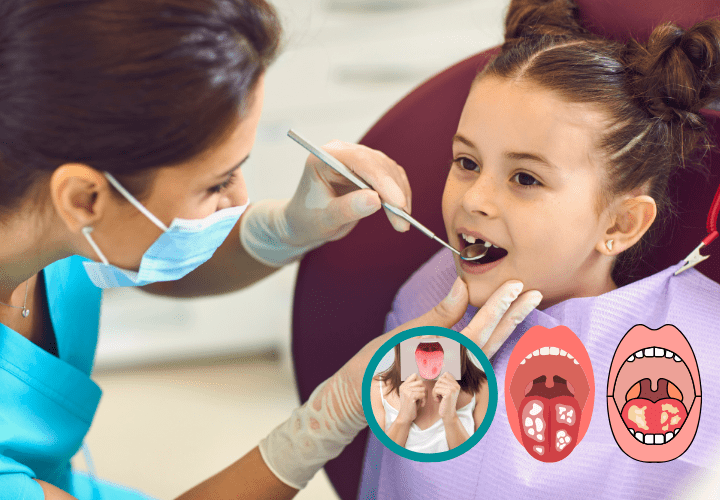
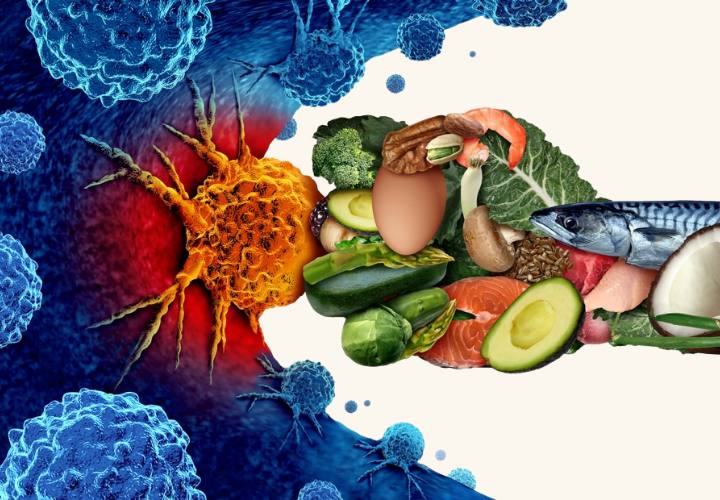
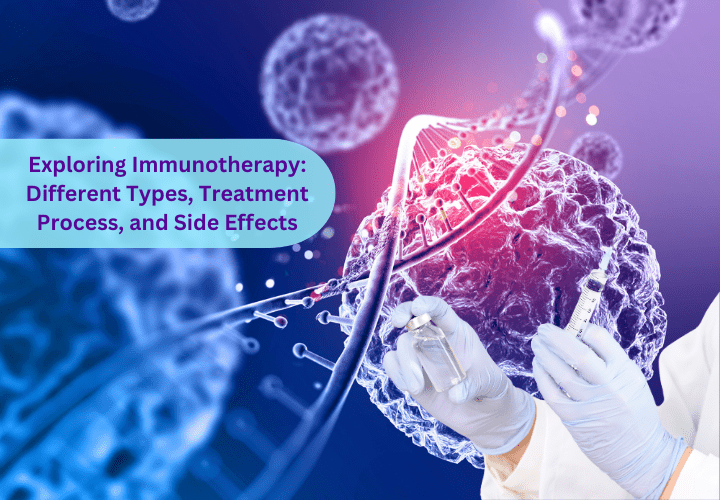
Leave a Reply